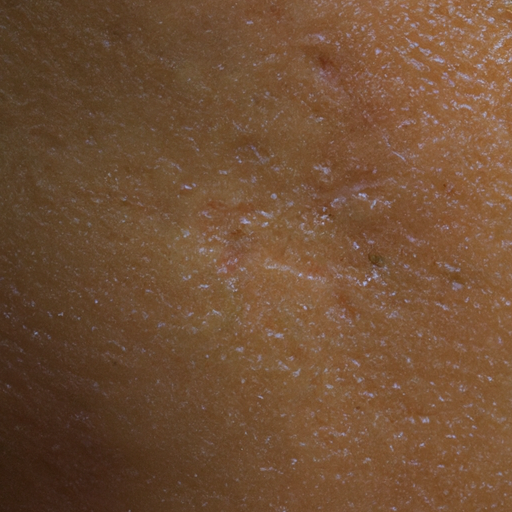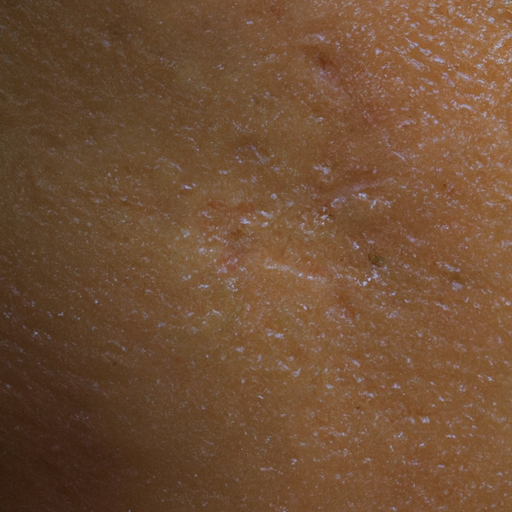Oily skin is a common dermatological condition that affects millions of people worldwide. It is characterized by an excess production of sebum, a natural skin oil, which gives the skin a shiny or greasy appearance. While it is normal and necessary for the skin to produce some oil to keep it moisturized and healthy, too much can lead to a host of skin problems, including acne, blackheads, and enlarged pores.
The causes of oily skin are multifaceted and can be attributed to both genetic and environmental factors. Genetically, if your parents have oily skin, there is a high probability that you will also have oily skin. Hormonal changes or imbalances can also trigger excessive oil production. For instance, during puberty, pregnancy, or menopause, or when using birth control pills, the body’s hormonal balance can shift, leading to increased sebum production.
Furthermore, environmental factors such as humidity and heat can stimulate the sebaceous glands to produce more oil. Contrarily, in colder climates or during winter, the skin may dry out, causing the sebaceous glands to overcompensate by producing more oil. Stress is another contributing factor; when the body is under stress, it produces more androgen hormones which stimulate oil production.
Diet can also play a role in the development of oily skin. Foods high in sugar and fats can cause inflammation in the body, leading to increased oil production. Therefore, a balanced diet rich in fruits, vegetables, lean proteins, and whole grains can help manage oily skin.
The symptoms of oily skin are quite noticeable. The most apparent sign is a shiny or greasy appearance. The skin may also feel thick and rough. Other common symptoms include enlarged visible pores on the skin surface, frequent breakouts (especially on the face, back, and chest), and a persistent need to blot the face to remove excess oil.
Oily skin can also lead to the development of acne, a skin condition characterized by the appearance of pimples, blackheads, and whiteheads. This is because the excess oil, along with dead skin cells, can clog the pores, creating an environment where bacteria can thrive and cause inflammation.
While oily skin can be challenging to manage, understanding its causes and symptoms is the first step towards effective treatment. It’s essential to maintain a consistent skincare routine that includes cleansing, toning, and moisturizing with products specifically designed for oily skin.
Cleansing helps remove excess oil and impurities from the skin surface, while toning helps to balance the skin’s pH levels and remove any residual oil or dirt left behind after cleansing. Moisturizing, contrary to popular belief, is also crucial for oily skin. Skipping this step can cause your skin to produce more oil to compensate for the lack of moisture.
In conclusion, oily skin is a common condition that can be managed with a proper understanding of its causes and symptoms. By adopting a consistent skincare routine and making lifestyle adjustments such as maintaining a balanced diet and managing stress levels, one can effectively control oil production and maintain healthy skin. Always remember that each person’s skin is unique; what works for one person may not work for another. Therefore, it’s essential to understand your skin type and needs before embarking on any skincare regimen.




